We met with Jerry Shue, a Moab-based landscape geographer before embarking on our first twelve-day trip into Horseshoe Canyon to get our first introduction to the natural and social processes that have shaped the Colorado Plateau. He projected an image of a mesa composed of Navajo Sandstone on a small screen in a dark auditorium in Green River’s John Wesley Powell Museum. “You see here?” Jerry said as he pointed to the windswept layers of sand that over time had built the towering mesa, “The bones of the land are showing.” The next afternoon, our group descended into the Upper Horseshoe Canyon and were met by the same striking Navajo Sandstone that we had seen projected on a screen the day before.
The extremely dry, bright, and sparsely vegetated landscape of the Colorado Plateau allows its visitors to trace the history of its creation, uplift, and erosion. Each canyon, ephemeral creek, trail of tracks, and petroglyph tells a story of place, adaptation and resilience. This canyon landscape has acted as our classroom and teacher for the last two weeks. We have traveled by foot from the highest to the lowest points of the canyon and have been transported to the times of dinosaurs, Archaic and Ancestral Puebloan peoples, to the present arid ecology of the Colorado Plateau.
The history of flowing water is like the vasculature of the landscape. Over time, surface-level creeks and rivers have carved their way into the land, forging deep, awe-inspiring canyons that expose millions of years of geologic history. Our journey down Horseshoe Canyon allowed us to be actively present to the process of canyon formation and understand that this landscape is constantly in flux. On our third day in the canyon, we left our heavy packs and went on a day hike. We were quickly met by burro bones sprawled out across a dry wash. Steps later we were surprised by several sets dinosaur tracks fossilized in mudstone. As a group, we had to sit down to process the mix of extreme excitement and heavy weight of time that we felt as we placed our hands on top of the tracks. As we continued on, we came across two sets of petroglyphs pecked into the canyon walls and took a moment of silence. We continued on as squeezed our bodies through a slot canyon where bright light illuminated the tight curving walls around us. As the day came to an end we returned to our camp in the wide open expanses of well-worn canyon walls.
From afar, this landscape appears to be desolate and devoid of thriving life, but with a careful and purposeful eye, the ecology of this place shows itself proudly. Woody, lifeless appearing plants and brush lie dormant, patiently waiting for the next rain to expel precious energy to grow again. Developing over hundreds of years, cryptobiotic soil crusts grow on sandy canyon terraces to provide nutrients and a shield from the pervasive forces of erosion. Perfectly camouflaged lizards perch on sandstone boulders as they soak their bodies in the sunlight and deep heat while avoiding the eyes of peregrine falcons circling overhead. All of these beings have taught us about their adaptations to this spectacular environment and have provoked us to think more deeply about their stories of evolution and resilience. The vulnerability and resilient nature of the Utah desert continues to leave me in a state of awe.
2 Replies to “Lucia Possehl: The Bones of the Land are Showing”
Comments are closed.
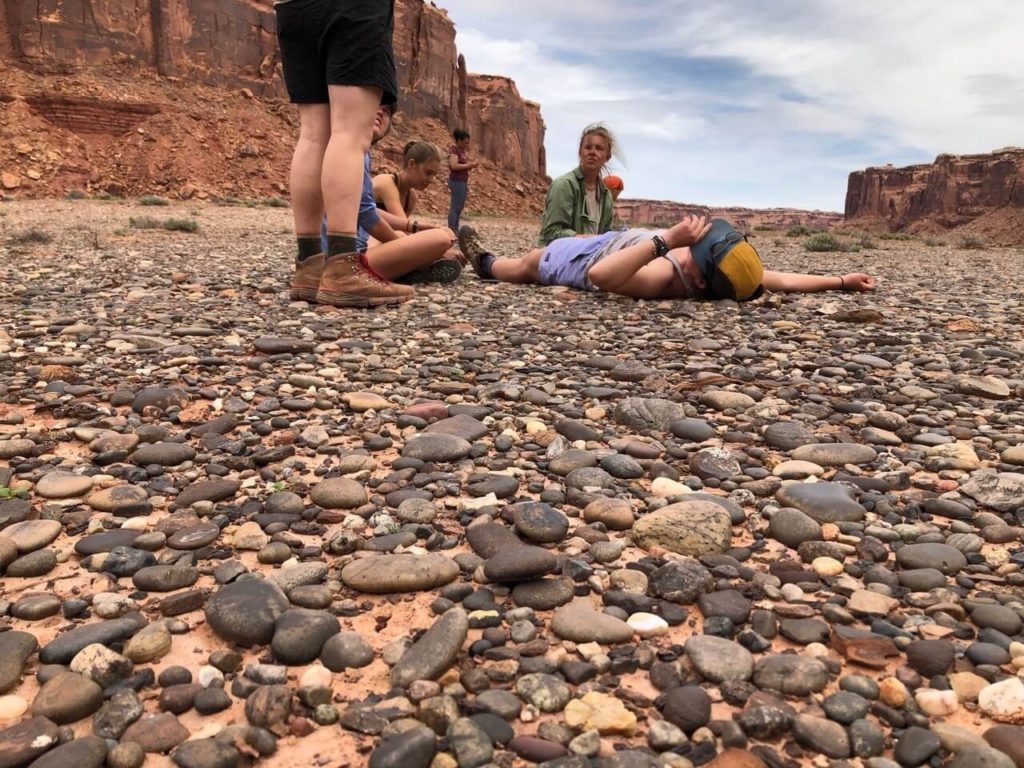
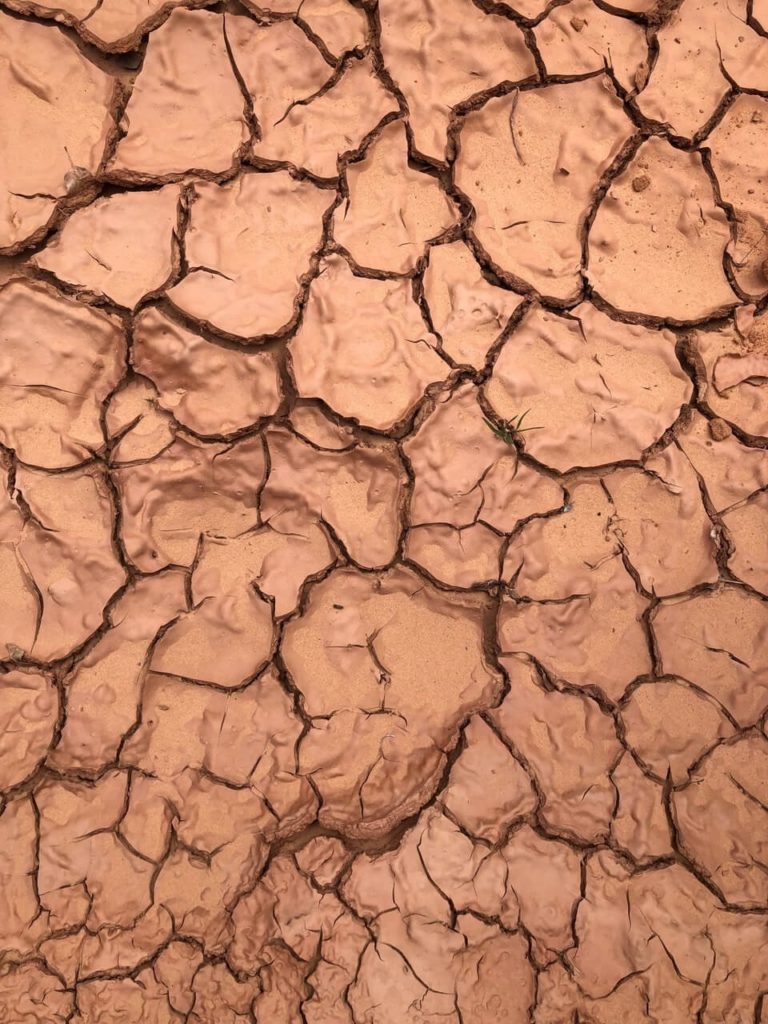
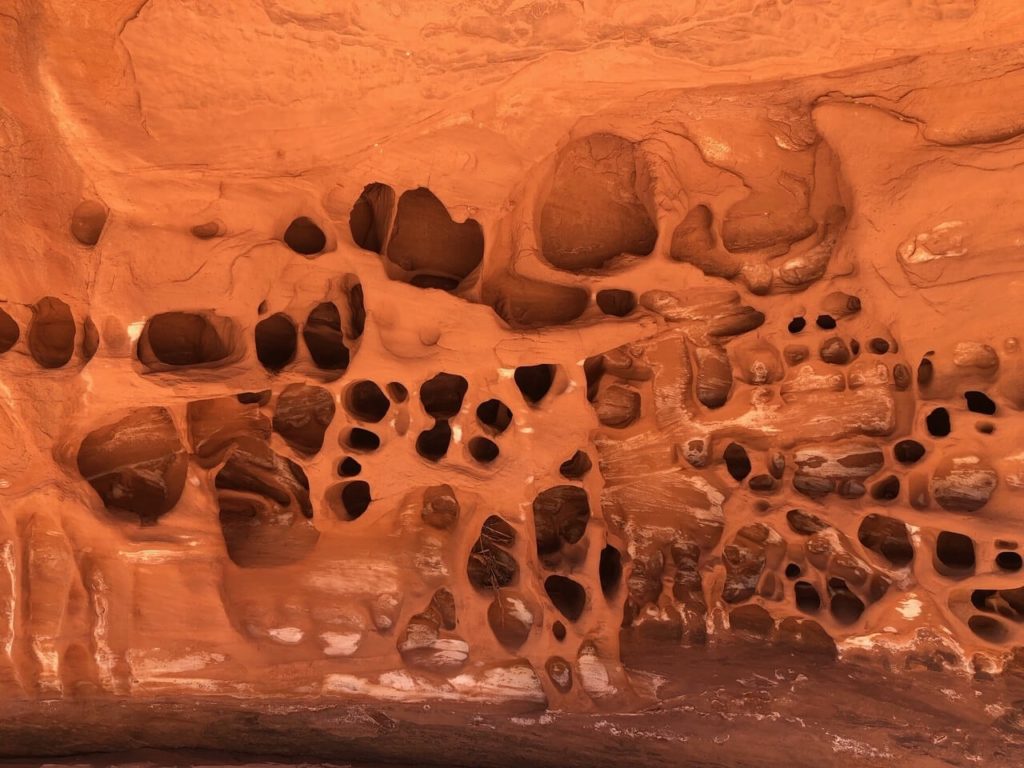
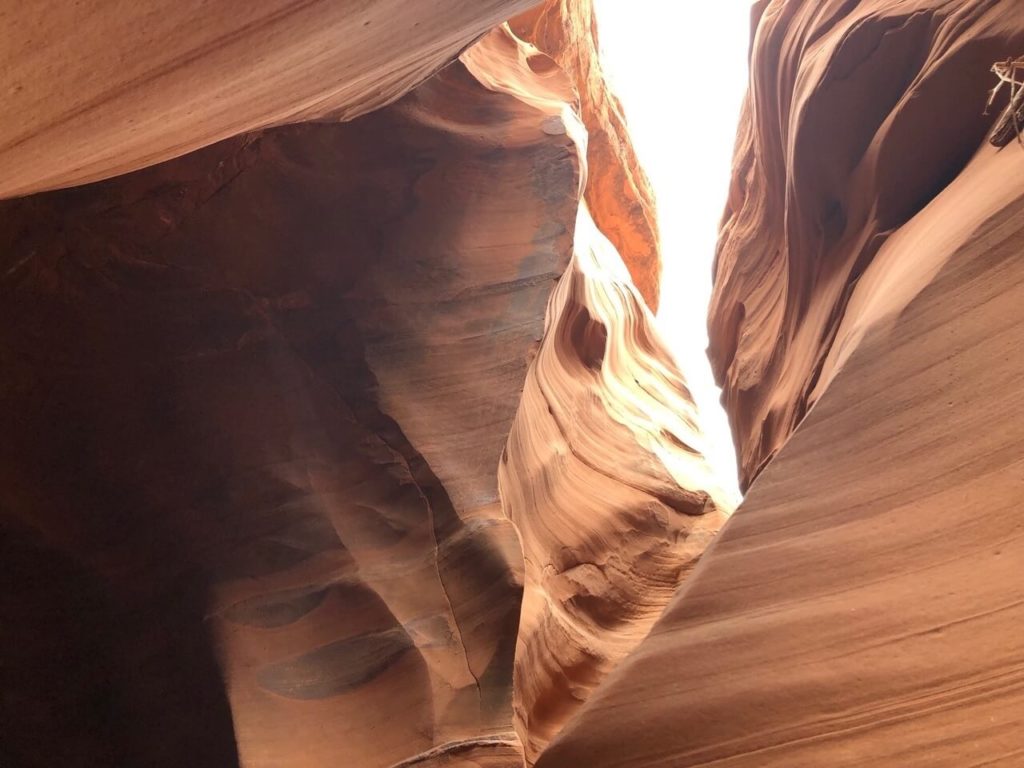
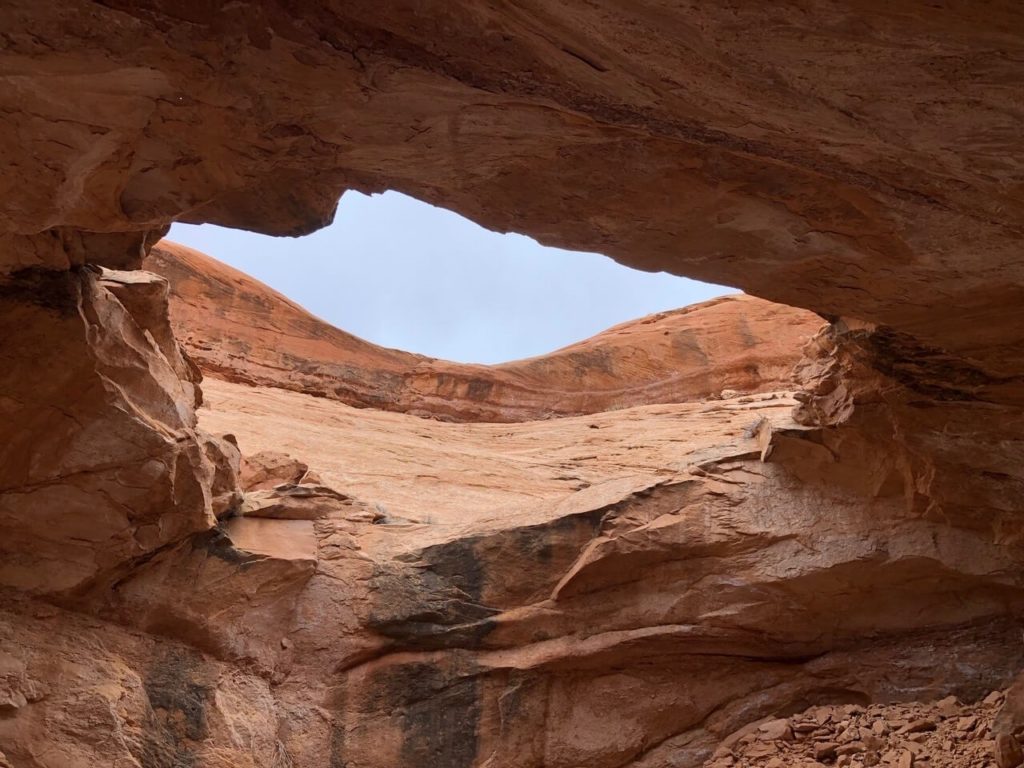
Great writing Lu … xo Skip
Lucia’s blog was so vividly and carefully written I felt like I was right there seeing all she was describing. I really wanted to be there. It much be so beautiful and solitary and other worldly. I’m so happy they are experiencing all she described.